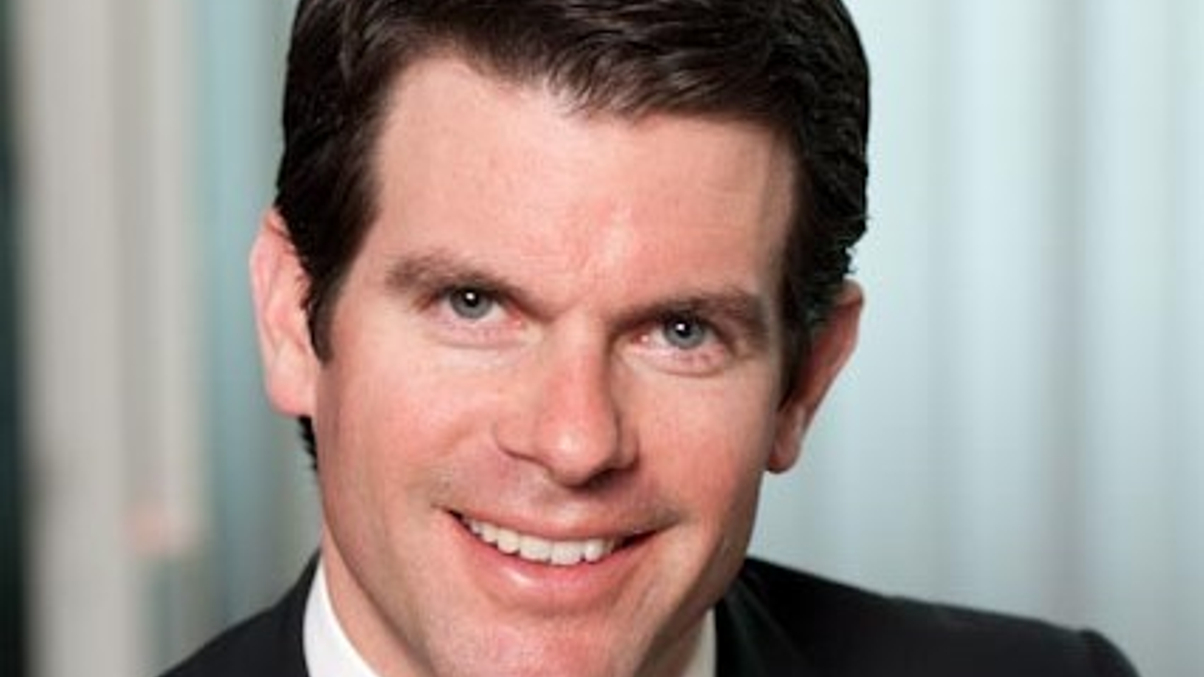Options growing for capital-starved Asian hedge funds
Small and start-up Asian hedge funds are struggling to stay in the game, but industry executives say there are more opportunities for them to gain a foothold and raise capital.

Asia’s start-up and smaller hedge funds face a challenging fundraising and operating environment, but there are a growing number of options available to them, according to industry executives.
Sign in to read on!
Registered users get 2 free articles in 30 days.
Subscribers have full unlimited access to AsianInvestor
Not signed up? New users get 2 free articles per month, plus a 7-day unlimited free trial.
¬ Haymarket Media Limited. All rights reserved.


